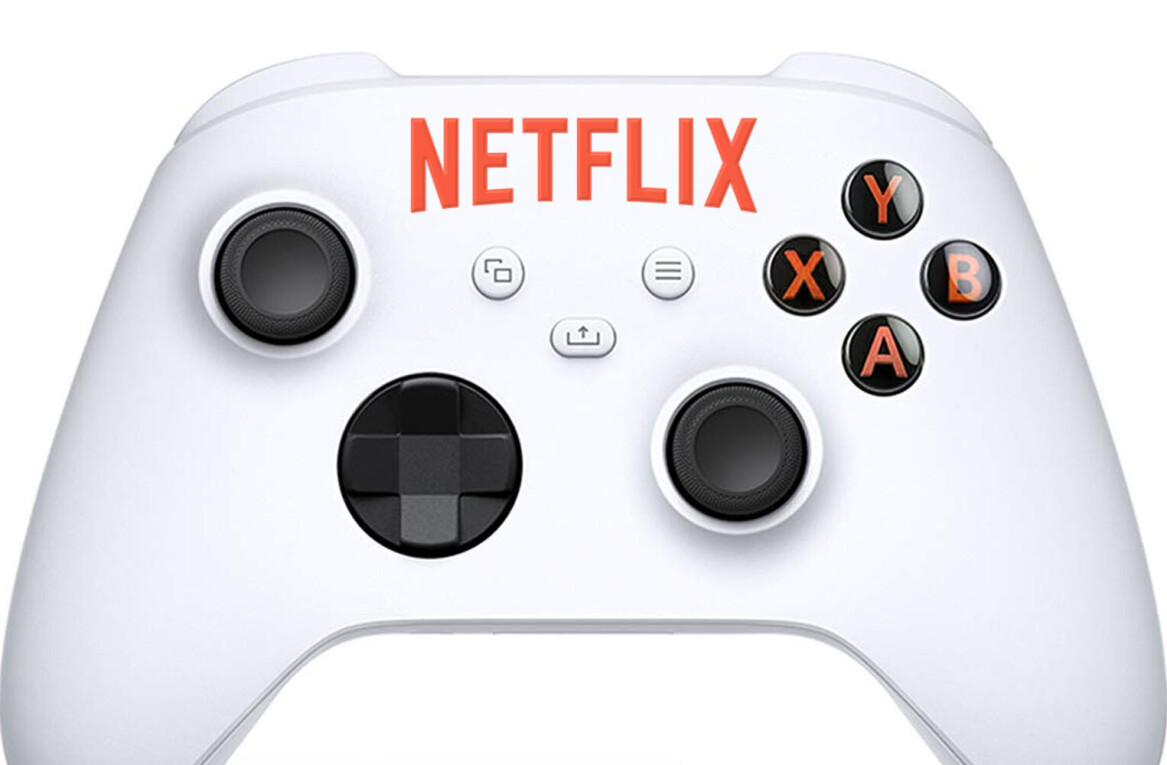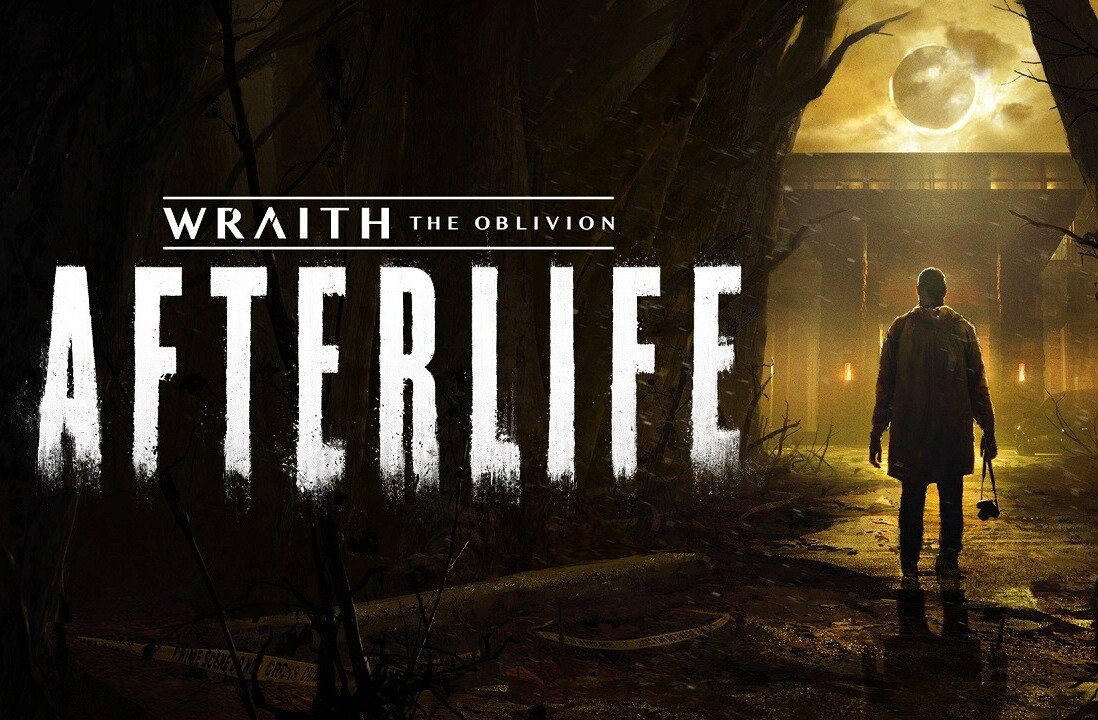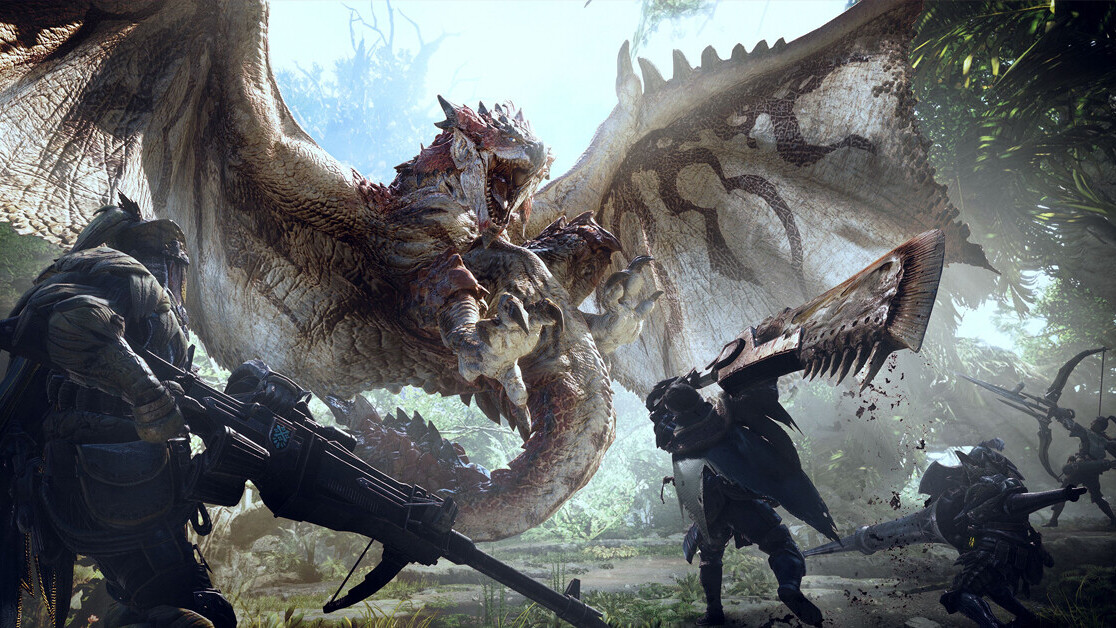
This article was originally published by Super Jump Magazine, an independent publication all about celebrating great video games and their creators through carefully-crafted, in-depth featured produced by a diverse team of games journalists, designers, and enthusiasts.
Capcom is a member of an ever-shrinking club in the video game industry: major game developers from the ’80s that are still in business today. Although the company never produced its own major hardware platform, its enviable portfolio includes some of the most significant franchises around: Mega Man, Resident Evil, Street Fighter, and Devil May Cry.
But of all the company’s heavy-hitters, there’s one franchise that couldn’t escape a small niche in the US — until 2018, anyway, when it became the best-selling Capcom title of all time. Monster Hunter has long been popular in its Japanese homeland, but 2018’s Monster Hunter World propelled the franchise into the mainstream in western markets. Let’s take a look at how this incredible transformation happened.
The hunt begins
The very first Monster Hunter was released on the PlayStation 2 in the US and Japan in 2004. As a franchise, Monster Hunter is expansive — as well as the main games, the are also side stories/spin-off titles as well. To keep things simple, I’ll focus on only the main games in the series.
Fundamentally, Monster Hunter’s premise is clear: you’re a hunter in a world dominated by a wide range of monsters — it’s up to you to track them, fight them, and take them down. In the original game, you’d decide on a tactical approach, which would then influence the available weapons you could choose.
Although the combat itself is a key part of the experience, the process of tracking monsters is arguably just as critical — every monster has different behavior, incorporating everything from its movements, nesting, eating habits, attack patterns, and more. Understanding these behaviors and aligning your skills and tools around them is key.
Although the underlying premise is straightforward, the franchise does get confusing — following the release of the original game, Capcom kicked off a trend that involved remastering each title. In Japan, the title was appended with a “G” suffix; in other territories, the “Freedom” suffix was used.
The idea behind these remasters was that Capcom would always add more content — particularly around expert/end-game content for more advanced players to tackle. This was also around the time when Sony introduced the PlayStation Portable console (PSP), and although it never gained much traction in the US, it did ultimately become the home for the enhanced editions of Monster Hunter.
East vs West
At least until the release of Monster Hunter World, the Monster Hunter franchise was often considered a key reason to own a PSP, given that the above-mentioned remasters were exclusive to the platform. Despite this, the franchise never took off in the west — one reason for this could be a key difference between the US and Japanese audiences when it comes to the PSP itself.
It is fairly well established that handheld games have generally been more popular in Japan. The portability of the platform combined with generally smaller living spaces are significant factors. This reality also played a role in one of the more popular series features — the four-player cooperative mode.
The first couple of Monster Hunter games released for the PlayStation 2 lacked this feature, so it was a notable inclusion on the PSP versions. I’d also suggest that the higher population density of Japan only encouraged the idea of ad-hoc multiplayer, where local players could sync up their PSPs to jump into games together. New events could also be downloaded to the system from time to time.
The official third entry in the series — Monster Hunter Tri — was special in part because it was the first title in the series to be released initially on a non-PlayStation platform (in this case, the Wii). Despite the Wii itself being a wildly-successful console, Monster Hunter Tri still ultimately sold better on both the PSP and Nintendo 3DS.
After the PSP’s untimely death, the fourth main game was released exclusively on the 3DS. It wasn’t exactly a runaway hit on that platform, but sales were decent enough. This iteration of Monster Hunter was attempting to find a largely new audience on the platform, and it stumbled in part because it contained elements that turned off newcomers to the series. But before we get to that, let’s step back and take a look at the highlights — what was it that attracted fans to Monster Hunter to begin with?
Monstrous progression
The Monster Hunter franchise is built upon an action-RPG (ARPG) progression curve and gameplay loop: fight monsters, get loot, grow more powerful, rinse and repeat. Although that concept is nothing new, it’s the way the games execute this loop that gives it a unique appeal.
Each monster is akin to a boss in other games. Every single one requires a unique strategy to defeat in battle, and each sports its own individual behaviors — this includes specific ways of utilizing the environment to give you the slip.
Fighting all of these monsters effectively requires the player to study them as individual creatures to understand which strategies will be most effective to take them down. For example, attacking specific parts of the monster will chip away at its health, or may weaken them in preparation for a follow-up encounter later. Defeat is defined as either an outright kill, or using traps to capture the monster for more loot.
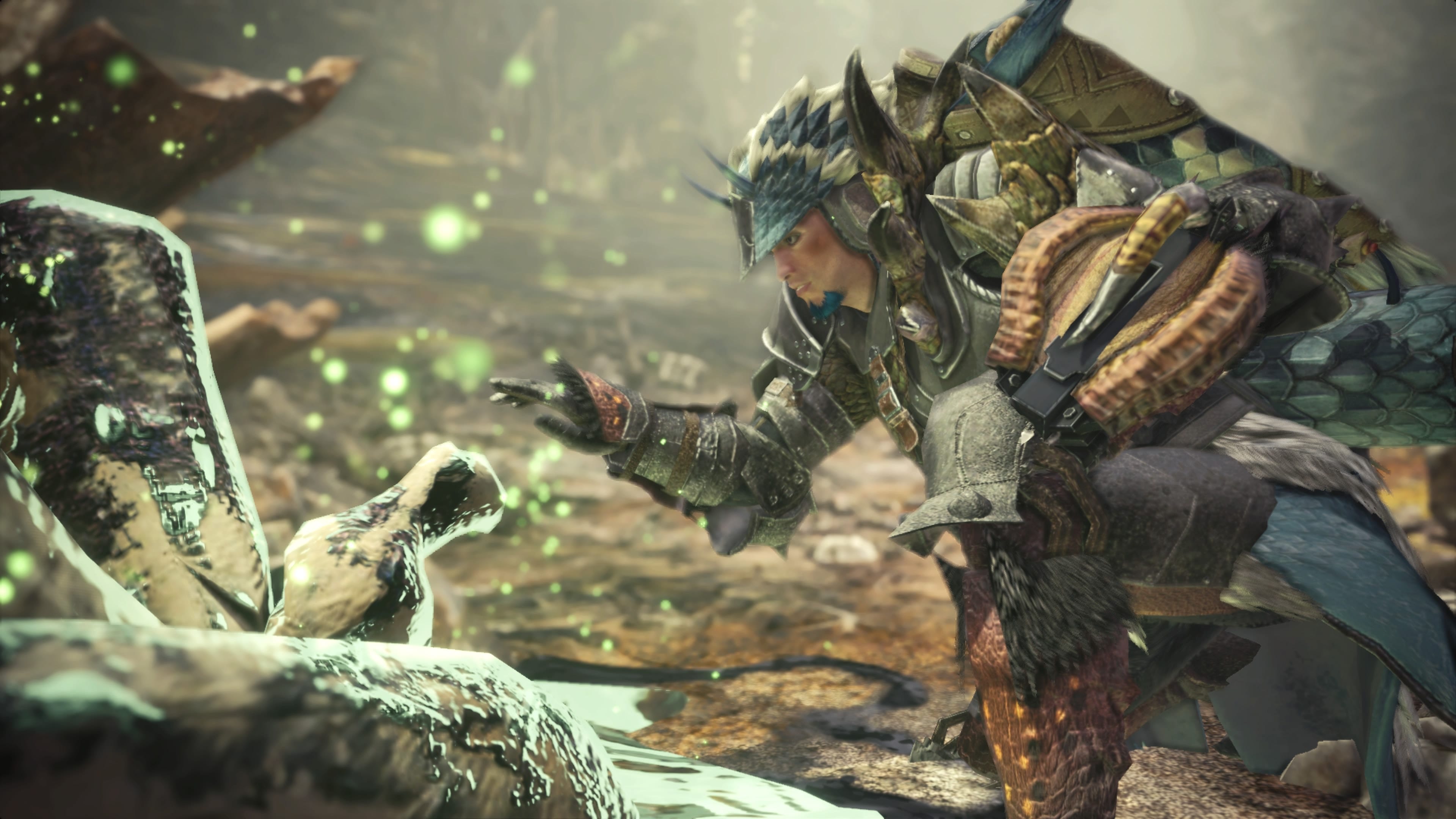
Besides the thrill of the hunt, a major reason for going after all these monsters is that the game’s progression system is based on equipment; that is, your gear defines everything about your character (there is no traditional leveling; you won’t be able to upgrade your health or stamina, for example).
Advancement rests upon crafting better armor and weaponry over time; this requires you to collect materials that are primarily derived from the monsters themselves. Although many games feature the thrill of acquiring new gear, Monster Hunter is unique in the way gear is intrinsically linked to monster battles — the armor you wear, for example, tells the story of the encounters you had to fight through to craft its components.
In keeping with this general theme, Monster Hunter’s combat is also wholly unique.
14 flavors of fighting
In a typical ARPG, combat is usually distilled down into two key types: ranged and melee. While there are subtle differences in terms of range or speed, swinging a mace is much like swinging a sword; a bow is akin to a gun.
Monster Hunter gets creative in the way it builds on this formula. Each one of the game’s (currently) 14 weapon types are completely different in terms of moment-to-moment usage. The developers even go as far as to incorporate different UIs based on the weapon in use. You could wield a katana for powerful long slashes, or you could use an ax that morphs into a giant sword; in my case, I use a war horn that I use to pummel monsters but which also plays music to apply buffs to my character.
Importantly, every weapon type has its own progression path in place — incorporating upgrades that spin-off different subsets of the weapon from the base template. It can take dozens of hours to learn, master, and upgrade a single weapon — let alone 13 others.
These components all make Monster Hunter special. But it’s in the end game where the franchise really shines.
New, new game plus
It’s usually the case that “new game plus” or post-game content refers to some little extra as a bonus for players to chew on after completing the game. Monster Hunter, however, is built almost entirely on its end-game content.
Earlier on, I mentioned that every Monster Hunter game received a remastered version that contained post-game expert level content. In this context, it’s not an exaggeration to say that the main story of each game is essentially a tutorial for what’s to come later. After the final story mission — which usually involves fighting an extra-large monster — you’ll be given access to new missions and challenges.
A much tougher version of the game is essentially unlocked at this point; in the process, the game remixes all locations to feature harder enemies, different versions of monsters, as well as new loot and materials to find. Most importantly, this is where the developers unlock brand new, extra-difficult monsters. Some of these are expert variants of the ones already featured in the game. But they might also be totally original creatures, or they could be returning fan favorites from previous titles.
This is also where the quest for more gear kicks off, with the core progression tree for all the armor and weapons extending outward with new features, appearances, and options. With the recently released Iceborne expansion (which is coming to the PC in January), the experience will continue to grow with new monsters and an extended progression curve.
If you’re familiar with the series by now, then you’ll be aware of all these great reasons to dive in. But if you’ve never played a Monster Hunter game, you might be wondering why it hasn’t been on your radar until recently —well, it’s definitely true that what made the series a cult hit on handhelds also held it back for the longest time.
Constrained hunt
Despite Monster Hunter seeing some home console releases, franchise enthusiasts knew that the very best versions of the game were on handhelds. Although this was the case, the handheld versions of the game weren’t necessarily friendly to new players.
For one thing, the camera controls were a problem. Both the PSP and 3DS did not have a second analog stick (the 3DS had a separate attachment you could purchase for this purpose). So, fundamentally, the games were designed to utilize the face buttons for camera control. Basic features (like tilting the camera, locking-on, and the general functionality of a 3D camera) simply wasn’t there.
The technical limitations of handhelds also played a role; the engine occasionally struggled as it pushed up against the boundaries of what these platforms could do. As the games’ scope expanded, the 3DS and PSP hardware arguably held them back; loading times, in particular, were a huge problem. These wait times were an issue primarily because the game had to load each biome at a time — yet another loading screen interrupted your travel between the hub and a mission. This became such a problem that later entries would allow players to download assets onto the PSP’s memory stick to help reduce the need to fetch data from the UMD.
Another problem was onboarding new players. Not only did newcomers have to buy a PSP or 3DS to play the best version of the respective entry, but the series really began to ignore playability and onboarding in general. Since it had a cult fanbase who would buy every entry, the developers perhaps knew that fans had already figured out how to play the game. This manifested in the form of minimal user assistance — including tutorials — which were kept to a minimum, which doesn’t help new players get invested in the game.
While I’ve only supplied a fairly basic outline of Monster Hunter’s constituent parts, there’s a lot that goes into learning how to play one of these games and its associated subsystems. Jumping in from scratch required players to climb a steep hill and invest a significant amount of time to get to grips with the nuances of the gameplay systems.
Ultimately, this was the story of Monster Hunter for more than a decade. It was a niche series with a hardcore fanbase that would likely pick up any platform required to play a new entry. But in 2018, things changed radically: Capcom and the development team took an enormous gamble with Monster Hunter World. And it paid off.
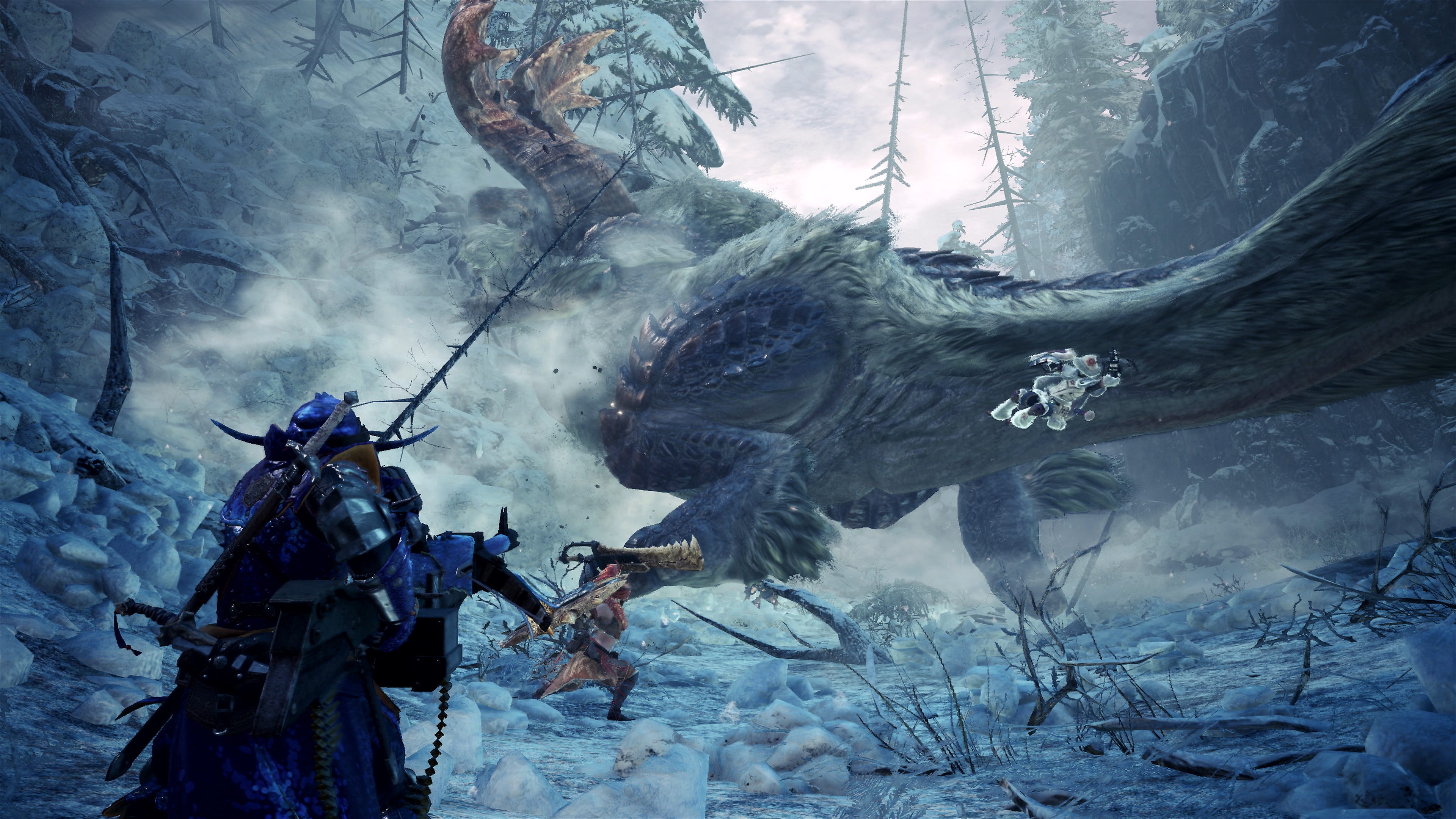
World domination
Development on Monster Hunter World began in 2014; one year after the debut of the PS4 and Xbox One. Capcom was intent on the team taking a different approach with the next big game in the series; and, more specifically, they wanted to bring the core/main version of the game to home consoles.</p>
Beyond this, there were really two goals for Monster Hunter World: make the biggest, most expansive version of the game to date and — more importantly — win over Western audiences. Achieving this would require re-thinking and re-building the game from scratch, not only to take advantage of the console hardware’s substantially greater power, but also to really focus on establishing a stronger and more cohesive onboarding experience for new players.
This focus on home console provided a broader canvas for the developers to work with. So, although players could still travel to different biomes, these areas weren’t segmented by loading screens — players could freely run around a connected world without interruption.
The improvements went well beyond aesthetics and performance, too. The team went to great lengths to improve the monster AI, and much attention was paid to individual creature designs and the creation of unique — and interdependent — ecosystems.
Monsters interacted in more numerous ways with their surrounding environment, and the game featured something of a food chain, as well as the possibility that monsters would engage in combat of their own accord; you could sit back and watch these fights (or in my case, get beaten to death while one monster played with its food).
The development team also clearly put greater emphasis on the UI in Monster Hunter World, in order to make the overall experience — especially the onboarding — more intuitive. The game featured full camera controls and greatly improved tutorial logs and videos to help new players dive in. Even well into the “new game plus” mode, tutorials would still appear to explain newly-unlocked features and content.
The online gameplay was enhanced further, too, allowing players to drop in-and-out of hunts as opposed to forcing an entire group to be ready beforehand. Being able to play with other people was as easy as selecting quests on the bounty board. And when it came to success, the proof is in the pudding: Monster Hunter World has sold over 18 million copies to date.

Lessons learned
With all of the above said, it’s time to turn to one final discussion: are there any takeaways that developers can learn from Monster Hunter World’s success?
In my view, there’s one point that everyone needs to understand: there is no such thing as a truly “niche” genre or design. To put it another way, almost any type of game can either be elevated or reintroduced to make it more desirable for a wider audience. Capcom has actually demonstrated this several times in the past with the “Resident Evil franchise. Both Resident Evil 2 and 7 are examples of games that performed incredibly well despite a general consensus forming that “survival horror isn’t viable anymore.”
There are other examples too. Ubisoft’s Mario + Rabbids Kingdom Battle is a game that introduced the tactical strategy genre to a much wider audience, for example. Even though AAA developers don’t always have the capacity to experiment with new games and designs, they absolutely have the power to elevate and iterate with existing concepts.
This is also a good time to point out the importance of playtesting and playability when it comes to improving a game. Monster Hunter World is the easiest game in the franchise to jump into, but that doesn’t make it “dumbed down”. In an interview with IGN, executive director Kaname Fujioka spoke about improving the appeal of the franchise without ruining what attracted fans in the first place.
Then that’s what the difference is: do our new seamless gameplay design and seamless monster interactions necessitate a change, or do they not? It certainly isn’t appeasement to get sales to a casualan Western audience — the new gameplay has to mesh with the new concept or else it would just be a mess.
One theme I’ve touched on many times is that complexity is not the same as depth. If you can remove unnecessary clutter — or elements that distract from the core gameplay loop — then that’s always a positive. The heart of Monster Hunter World has always been about elevating the ARPG loop — fight monsters, get gear, become more powerful, repeat. Anything that obscures or makes that loop more difficult for players to get into isn’t helping the game.
With the Iceborne expansion already topping sales charts on consoles, it’s easy to see that we’re not going to be saying goodbye to Monster Hunter World — or the franchise itself — anytime soon.
Get the TNW newsletter
Get the most important tech news in your inbox each week.

